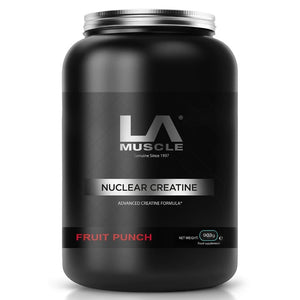
Training volume and intensity are the two factors that determine how much muscle you gain. While there are no specific rules on these factors, you need to create a balance between them. Different people have different reasons for building muscle mass. Some want to gain weight and become fit, while others want to enhance body composition. Whatever the goals are, there can't be a one size fits all approach.
Volume in the bodybuilding world refers to the sum of weight, reps at that weight, and sets at that rep for each weight a person lifts during a training session. For instance, a deadlifting session might look like this:
55 x 5 = 275
90 x 5 = 450
145 x 5 = 725
180 x 3 = 540
190 x 2 = 380
The total volume for this training session is the sum of weights per set, which will give you 2370 kg of volume.
According to different studies, volume is one of the focuses of strength training and hypertrophy. The findings of these studies suggest that your muscles get stronger and bigger as volume increases. If all conditions are right, the more work we do, the more we bulk up.
On the other hand, intensity is the difficulty level of the training based on the volume you lift. In a deadlift workout, increasing the weight of the barbell while doing the same number of reps means that you have increased the intensity of the training.
How do volume and intensity affect muscle gain?
If you want to increase muscle mass and strength, you must increase volume. It remains one of the easiest ways to achieve results. Many experts suggest combining a volume and intensity based routine to build muscle size and strength. Trainers recommend increasing reps and adding more reps of different strength exercises for the best muscle gains.
If you want to focus on increasing muscle endurance, then use a lighter weight and add more reps to bring your muscle to exhaustion. This method also benefits your cardiovascular fitness since your heart and lungs will be work harder, and as you adapt to volume changes, your endurance will improve.
Keep track of volume!
All things being equal, your volume is expected to increase over time. And this does not mean that you must increase your volume in the next session, but there must be an increase in the long term. Tracking your volume will help you know when you are stagnating or have an upward trend with your volume training. Also, you will get to see where you need to make adjustments, especially if you are trying to increase volume. But you can't seem to because you have reached your limits or other factors interfering with your training.
You can track your volume by keeping a diary of every workout session, or you can use an online or mobile app to make tracking easier.


























